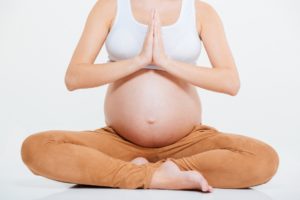 1. Rectus Diastasis / Separation / Abdominal Separation occurs in pregnancy and refers to the increase in distance between the two bellies of the Rectus Abdominus muscle.
1. Rectus Diastasis / Separation / Abdominal Separation occurs in pregnancy and refers to the increase in distance between the two bellies of the Rectus Abdominus muscle.
2. Research has demonstrated an incidence rate between 70-100% for Rectus Diastasis.
3. Women most commonly experience discomfort in the 2nd and 3rd trimester along the midline of the Rectus Abdominus due to the increased stretch of both the abdominals and the connective tissue between the two bellies of the Rectus Abdominus.
4. Abdominal support devices (such as Tubigrip, Recovery Shorts or Abdominal Binders) are encouraged post-natally for those women with large separations, particularly those with > 4 fingers or 50mm widths.
5. Appropriate exercises and advice prescribed by your Women’s Health Physiotherapist are an important part of recovery to help with abdominal separation through knowing what and what not to do. Abdominal crunches have been shown by research to be an appropriate exercise post-natally if there is a narrowing of the connective tissue between the two bellies of the Rectus Abdominus when examined.
If you are pre- or post-natal and would like your Rectus Diastasis checked comprehensively then come and see Bonnie, our Women’s Health Physiotherapist at Bend + Mend Physiotherapy in Sydney’s CBD.





